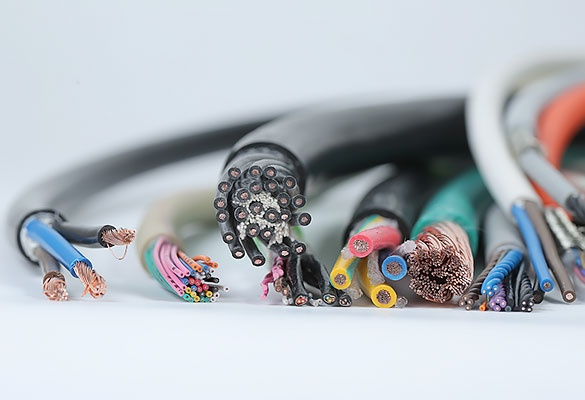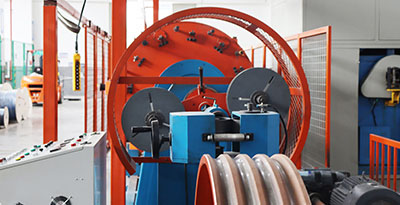Characteristics and identification methods of low smoke, halogen-free and flame retardant wires
Precis
What are the characteristics and identification methods of low smoke, halogen-free, and flame retardant wires? We are not familiar with low smoke, halogen-free, and flame-retardant wires at all. Many people only know about wires, but we still have very little understanding of wires for different purposes.

What are the characteristics of low smoke, halogen-free, and flame retardant wires?
The purpose of each type of wire is different because it has characteristics that other wires do not have. Therefore, before purchasing low smoke and halogen-free flame-retardant wires, we should first understand the characteristics of low smoke and halogen-free flame-retardant wires.
1. The characteristics of low smoke halogen-free flame retardant wires - their tensile strength is greater than that of general PVC wires: the tensile strength of general PVC wires is greater than 1.05Kgf/mm2, while the tensile strength of low smoke halogen-free wires is greater than 1.2Kgf/mm2;
2. The characteristics of low smoke halogen-free flame retardant wires - they have good weather resistance (-30 ℃~105 ℃); Having good softness (hardness of 80-90);
3. The characteristics of low smoke, halogen-free, and flame retardant wires - they have non mobility (because plasticizers are not added in the formula of this product, there will be no mobility); No toxic black smoke will be generated during combustion (a small amount of white smoke will be generated); Has a high volume resistivity: PVC wires are generally 1012-1015 Ω/cm3, and low smoke halogen-free wires are greater than 1016 Ω/cm3; (7) Has good high-voltage resistance characteristics: PVC wires are generally resistant to over 10KV, while low smoke and halogen-free wires can reach over 15KV; (8) Has good elasticity and viscosity.
What is the identification method for low smoke, halogen-free, and flame retardant wires?
1. Product name recognition method for identifying low smoke, halogen-free, and flame retardant wires. Wire - Low smoke, halogen-free, flame retardant polyethylene insulated wire and cable; Cable - Low smoke halogen-free flame-retardant polyethylene insulated low smoke halogen-free flame-retardant polyethylene sheathed power cable. Imitation products usually have slightly different names, such as polyethylene insulated low smoke halogen-free sheathed flame-retardant power cables, etc.
2. The identification method for low smoke halogen-free flame retardant wires is the skin burning method. Iron the insulation layer with an electric soldering iron and there should be no obvious dents. If there are large dents, it indicates that there are defects in the material or process used in the insulation layer. Alternatively, use a lighter for barbecue, which should not be easily ignited under normal circumstances. After prolonged combustion, the insulation layer of the cable is still relatively intact, without thick smoke or pungent odor, and the diameter has increased. If it is easy to ignite, it can be determined that the insulation layer of the cable is not made of low smoke halogen-free materials (most likely polyethylene or cross-linked polyethylene materials). If significant smoke appears, it indicates that the insulation layer is made of halogenated materials. If after prolonged combustion, the insulation surface falls off severely and the diameter does not increase significantly, it indicates that appropriate irradiation crosslinking process has not been carried out.
3. The identification method for low smoke, halogen-free, and flame retardant wires is the hot water immersion method. Soak the wire core or cable in hot water at 90 ℃, and under normal circumstances, the insulation resistance will not rapidly decrease and remain above 0.1M Ω/Km. If the insulation resistance drops rapidly or even drops below 0.009M Ω/Km, it indicates that it has not undergone appropriate irradiation crosslinking process. (Polyethylene or cross-linked polyethylene insulation materials are not suitable for identification using this method, and can be identified using the method described in the second clause above).
4. The density comparison method for identifying low smoke halogen-free flame retardant wires. Low smoke and halogen-free materials have a higher density than water, and can be stripped of a small amount of insulation layer and placed in water. If they float above the water surface, they are definitely not low smoke and halogen-free materials.


 JD
JD Tmall
Tmall Alibaba
Alibaba

